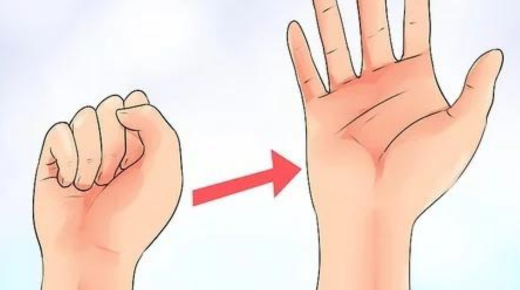1. Introduction to Carpal Tunnel Surgery
After undergoing carpal tunnel surgery, rehabilitation exercises are crucial for promoting healing, restoring strength, and improving flexibility in the affected wrist and hand.
2. Importance of Rehabilitation
Rehabilitation exercises play a vital role in preventing stiffness, reducing pain, and restoring functionality following carpal tunnel surgery.
3. Post-operative Care Instructions
Following surgery, patients receive specific post-operative care instructions, including guidelines for starting and progressing with rehabilitation exercises.
4. Gradual Introduction of Exercises
Rehabilitation exercises are typically introduced gradually, starting with gentle movements and gradually increasing intensity as tolerated.
5. Early Mobilization
Early mobilization of the wrist and fingers helps prevent stiffness and promotes circulation, facilitating the healing process and reducing the risk of complications.
6. Range of Motion Exercises
Range of motion exercises involve gentle movements of the wrist and fingers to improve flexibility and prevent stiffness in the joint.
7. Flexor Tendon Gliding Exercises
Flexor tendon gliding exercises focus on moving the tendons within the carpal tunnel, promoting flexibility and preventing adhesions.
8. Wrist Extension Stretch
Performing wrist extension stretches helps lengthen the muscles and tendons in the wrist and forearm, reducing tension and improving mobility.
9. Wrist Flexion Stretch
Wrist flexion stretches target the muscles and tendons on the underside of the forearm, promoting flexibility and reducing discomfort.
10. Finger Stretching Exercises
Finger stretching exercises involve gently extending and flexing the fingers to improve range of motion and prevent stiffness in the joints.
11. Grip Strengthening Exercises
Gradually incorporating grip strengthening exercises helps rebuild strength in the muscles of the hand and forearm, improving overall function.
12. Therapeutic Activities
Therapeutic activities, such as squeezing a stress ball or manipulating putty, can help improve dexterity and coordination in the hand and fingers.
13. Nerve Gliding Exercises
Nerve gliding exercises involve gently mobilizing the median nerve to prevent adhesions and promote optimal nerve function following surgery.
14. Scar Massage
Gentle scar massage can help soften scar tissue, reduce adhesions, and improve circulation to the surgical site, facilitating healing.
15. Cold Therapy
Applying cold therapy, such as ice packs or cold compresses, can help reduce swelling and inflammation in the wrist and hand post-operatively.
16. Heat Therapy
Heat therapy, in the form of warm compresses or warm water baths, can help relax muscles, increase circulation, and alleviate stiffness in the wrist and hand.
17. Postural Exercises
Incorporating postural exercises helps improve overall ergonomics and reduce strain on the wrist and hand during daily activities.
18. Progression of Exercises
As recovery progresses, exercises can be gradually advanced in intensity and complexity to continue improving strength, flexibility, and function.
19. Patient Compliance and Consistency
Consistent adherence to rehabilitation exercises is key to achieving optimal outcomes after carpal tunnel surgery, so it’s important for patients to follow their prescribed exercise regimen diligently.
20. Monitoring Progress
Regular follow-up appointments with the healthcare provider allow for monitoring progress, adjusting exercises as needed, and addressing any concerns or setbacks.
21. Precautions and Restrictions
Patients should be mindful of any precautions or activity restrictions provided by their healthcare provider to prevent injury and promote safe healing.
22. Return to Normal Activities
Gradually reintroducing normal activities of daily living, work tasks, and recreational pursuits should be done in consultation with the healthcare provider to ensure safety and prevent overexertion.
23. Patience in Recovery
Recovery from carpal tunnel surgery takes time, and patience is essential. It’s normal to experience ups and downs along the way, so maintaining a positive attitude and staying committed to rehabilitation efforts is crucial.
24. Seeking Guidance from Healthcare Provider
If patients have any questions or concerns about their rehabilitation progress or exercises, they should seek guidance from their healthcare provider for personalized advice and support.
25. Conclusion: Rehabilitation for Optimal Recovery
Rehabilitation exercises are an essential component of recovery after carpal tunnel surgery, promoting healing, restoring function, and improving quality of life for patients. By following a structured exercise program and staying committed to their rehabilitation efforts, patients can achieve optimal outcomes and return to their daily activities with confidence.

